Disclosure: This post may contain affiliate links, which means I may earn a commission if you decide to make a purchase through my links, at no cost to you. Thank you for your support!
Bhutan, the Land of the Thunder Dragon, is a beautiful destination for travelers seeking natural beauty, cultural immersion, and spiritual serenity. However, there are some essential things to know before visiting Bhutan. This guide covers everything you need to know before you go to plan your perfect trip to Bhutan, from visa requirements to cultural etiquette.
1. Traveling Independently in Bhutan: Is It Possible?
While Bhutan encourages tourism, traveling independently, like you can do in most countries, isn’t as simple in Bhutan. You don’t have to book through a tour operator anymore. But don’t expect to backpack your way through Bhutan or travel on the fly. It’s not possible. Visitors cannot rent a car, and you still need a guide while traveling.
Guides will accompany you almost everywhere you go in Bhutan.
Our COMO guides, who started with us at COMO Uma Paro, stayed with us for eleven days, including our 4-day Druk Trek, and stayed in the guide’s quarters at COMO Uma Punakha.
Our guides and driver were extremely knowledgeable and personable.
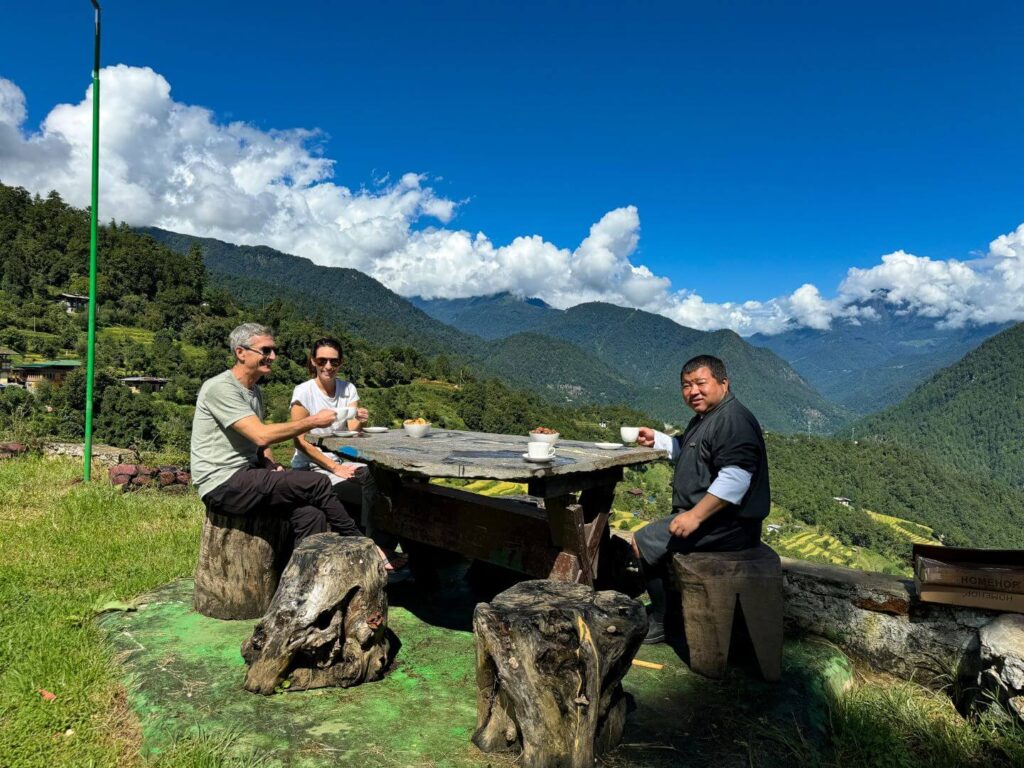
2. Tourist Visa and Entry Requirements
All tourists, excluding nationals from India, Bangladesh, and the Maldives, need a visa to enter Bhutan. The Bhutan tourist visa requirements are processed through your tour operator. Plan to apply well in advance to avoid any delays.
I highly recommend starting your visa process early. We booked our trip through COMO hotels, who took care of obtaining our visas. However, our visas didn’t come in until the day before we left Los Angeles for our trip to Bhutan. The timing was less than ideal.
3. Bhutan Can Be Expensive
I am not going to sugarcoat it; traveling in Bhutan gets expensive. Bhutan charges a Sustainable Development Fee of $100 USD per day per person for adults and $50 per day for children ages 6-12. The proceeds from the fee are used to fund economic, social, environmental, and cultural initiatives.
Your typical travel costs, such as lodging and food, are not included in the $100 per day fee. The additional fee makes a visit to Bhutan a pricey destination, but it also keeps the crowds and many backpackers at bay.

4. Altitude Sickness in Bhutan
Many popular attractions in Bhutan, such as the famous Tiger’s Nest Monastery and trekking, are located at high altitudes. Visitors should be cautious of altitude sickness in Bhutan and take time to acclimate, especially if coming from lower elevations. It’s essential to consider proper acclimatization in Bhutan when planning hikes or treks.
We hiked Tiger’s Nest on our third day in Bhutan. There were four of us in our group, and I was the youngest by several years. However, I was the only one who experienced altitude sickness. By the time we finished our Tiger’s Nest hike, I was exhausted. My head was pounding, and I could barely keep my eyes open. I was so tired that I almost fell asleep during our farmhouse lunch.
When we got back to the hotel, I took Diamox and the hydration packets I brought with me. I began to feel better almost immediately. I took Diamox for another few days during our Druk Trek, during which we hiked to over 14,000 feet.
You may want to talk to your doctor about whether you need altitude sickness medicine and the potential side effects. Unfortunately, Diamox helped my headaches, but it also gave me stomach aches and made me overly emotional at times. But that could have also been because our trek tested my physical and mental endurance.
5. Quick Facts
- Bhutan was founded on December 17, 1907, after separating from India.
- Bhutan is governed by a democratic constitutional monarchy with a king as the head of state and a prime minister as the head of government.
- Polyandry and Polygamy were common practices in Bhutan. The Fourth King of Bhutan, Jigme Singye Wangchuck, the father of the current King, married four sisters.
- When King Jigme Khesar Namgyel Wangchuck married his wife, Jetsun Pema Wangchuck, in 2016, the practice was discontinued but not outlawed. Bhutanese tell visitors that the now-current queen refused to marry the King unless he ceased the practice of polygamy.
- Bhutan was not open to tourism until the 1970s.
- In the 1990s, Bhutan expelled the Lhotshampa, an ethnic group with its origins in Nepal, to preserve its unique national identity.
- Happiness is used to measure how well the country is doing instead of gross domestic product.
- Phalluses are a symbol of fertility and good luck and are painted on homes.
- Bhutan is a carbon-negative country.
6. The Best Time to Visit Bhutan
Knowing the best time to visit Bhutan is crucial to planning your Bhutan trip. The peak season in Bhutan is March through May and September through November. It is also the most crowded time to visit.
Bhutan has limited tourist infrastructure, especially during the spring and fall. Booking early is essential, as hotels, flights, and tours fill up fast.
The weather can be unpredictable in the Himalayas. Even though October is one of the best times to visit Bhutan, during our early October visit, it rained at night while we were in Paro, and it poured almost every day on our Druk Trek.
6. Travel Insurance in Bhutan
At the time of writing, travelers are no longer required to have insurance when visiting Bhutan. However, our tour operator required insurance. Even if insurance is not required, I would highly recommend you find the right policy for you.
Your policy should cover emergencies, the need for medical evacuation, and trip cancellations. If you are trekking, make sure your insurance also covers trekking. Not all policies do. We used Faye Insurance.
7. Flying into Bhutan: Only Two Airlines
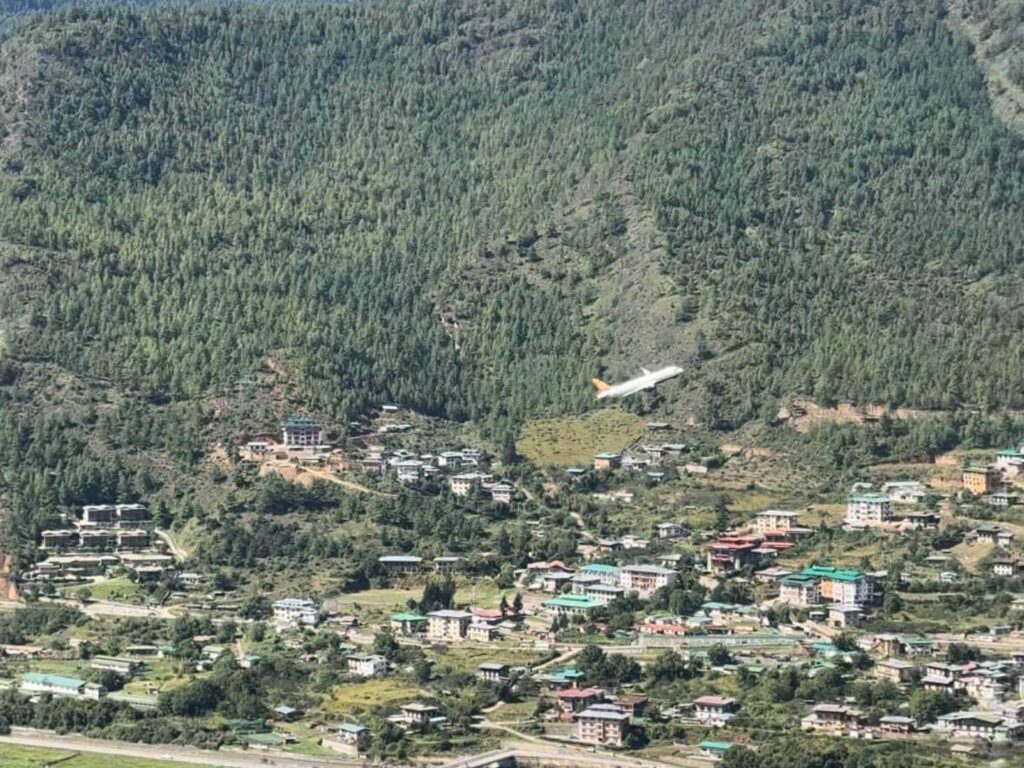
Getting to Bhutan requires flying into Paro International Airport. Paro International Airport is known for being one of the world’s most challenging takeoff and landing spots in the world. A recent CNN article details how only 50 pilots are trained to fly in and out of Paro.
On our landing approach, the pilot banked hard to the right, making the plane feel as if it was on its side. As I looked out the window, the mountains topped with the greenest trees looked close enough to touch. While it felt like we were too close to the mountains, I watched several takeoffs and landings, and the planes didn’t get nearly as close to the mountainside as it may feel.
There are only two airlines that service Bhutan—Druk Air and Bhutan Airlines.
Pro Tip: If you are taking the Bangkok to Paro route, call the airline three days before your flight to ask to sit on the left side of the plane where, if the conditions are clear, you might be able to see Mount Everest. On the way out, opt for the right side of the plane.
Don’t be surprised if you have to stop to refuel on the way to your next destination. The plane has a weight limit to ensure that the plane can clear the mountains on a steep takeoff. Our flight back to Bangkok was overloaded with luggage, which meant we had to carry less fuel. So, we had a short refueling stop in India and missed seeing Everest on our flight back to Bangkok.
8. Vaccines and Health in Bhutan
Before you visit Bhutan, check the CDC’s website for required and recommended travel vaccines. Vaccinations for hepatitis A and B, typhoid, and tetanus are often recommended. A travel clinic should be able to help you decide what vaccines you may need.
You may want to ask about antibiotics that also treat diarrhea. Both Gary and I had stomach issues while in Bhutan. We were thankful we had antibiotics with us to treat our stomach problems. The friends we were traveling with did not have any stomach issues.
Hydration tabs or packets are also helpful when hiking at high altitudes. I used them frequently.
9. Eating in Bhutan
Spicy Food
You might notice that your tour guide’s meal looks more spicy than yours. That is because Bhutanese food is traditionally too spicy for tourists.
Chili peppers are a staple in nearly every meal – you will often see them drying on roofs as you drive through a town. The national dish, Ema Datshi (chili and cheese), is particularly fiery. If you’re not accustomed to spicy food, be sure to ask for milder options. Those who like spice can enjoy the flavors of spicy food in Bhutan as Gary did at almost every meal.
Pro Tip: If you don’t like spicy foods, pack Tums or something similar, just in case you need it.
Types of Foods
The national religion in Bhutan is Buddhism. Since it is frowned upon to kill animals, many Bhutanese are vegetarian. One of the largest industries in Bhutan is agriculture, which makes it easy to find fresh vegetables and rice available at most restaurants.
However, the no-meat stance is changing in Bhutan. Some Bhutanese, along with tourists, eat meat. I was surprised to see butchers in Bhutan and meat, chicken, and fish dishes on restaurant menus.
10. Is Tap Water Safe in Bhutan?
The pristine rivers and streams in Bhutan are tempting to drink from but don’t do it. Nor should you drink the tap water. While it might be tempting, it’s not worth it. Stick to bottled or boiled water to stay safe. High-end hotels will give you filtered water to drink at the hotel.
11. Bhutan Travel Etiquette: Behave Appropriately
When visiting temples or interacting with locals, respect the local customs. Here are a few tips:
- Always walk through temples and turn prayer wheels in a clockwise direction to welcome enlightenment.
- Pictures are not allowed to be taken inside temples
- As you travel through the country, you will see pictures of the King or the royal family everywhere. Stating that the royal family is revered is an understatement. You will not find the Bhutanese giving anything other than high praise for the King, and they are not permitted to say anything negative about the royal family.
- The official religion in Bhutan is Buddhism, and many people are devout Buddhists. As you will likely visit many temples, you will hear several stories about important figures in Bhutan’s Buddhist history that may surprise and shock you, like the history behind the prominence of the phallic symbol in Bhutanese culture.
- Do not swim in lakes because it is believed you will disturb the souls of deities.
- Smoking is prohibited in many areas.
- Modest clothing in temples is required to show respect.
- Ask people if you can take their picture before you start snapping away.
- Avoid public displays of affection.
- Remove your shoes before entering a temple.
Understanding Bhutan travel etiquette will help you blend in respectfully. Familiarize yourself with the do’s and don’ts in Bhutan to avoid offending locals.
12. Tipping in Bhutan

Tipping is not mandatory, but it’s appreciated. For luxury travelers, your guides, trekking staff, and drivers will likely expect a tip. Carrying cash for this purpose is recommended. I found the tipping guide from Himalayan Travel Consultant and Bhutan & Beyond to be helpful.
13. What is there to do in Bhutan?
Top activities in Bhutan include trekking, day hiking, and visiting culturally rich sites like temples and fortresses.
Pro Tip: If you are an active traveler, I’d gear your trip toward trekking, hiking, and mountain biking. After a few days of visiting temples and fortresses, you will likely be ready for an adventure and a change of pace.
14. How long should I stay in Bhutan?
We stayed in Bhutan for eleven days, including three nights at COMO Uma Paro, our three-night Druk Trek, three nights at COMO Uma Punakha, and one final day at COMO Uma Paro, before we departed for Bangkok. There are several options for hotels in Punakha. In addition to Como, some of the other top hotels include &Beyond Punakha River Lodge, an intimate resort that is welcoming and ultra-luxurious and Six Senses Punakha, a 5-star hotel with stunning views.
Our stay was a little too long for me. Based on our experience, I’d suggest a 4-6 day trek, plus a few days to get acclimated while you visit a couple of temples and fortresses.
Other than trekking, day hiking to places like the Tiger’s Nest, and mountain biking, there are limited options for single-day active adventures.
If you are not trekking, I’d suggest a much shorter visit of three to five days. However, if cultural trips are your jam, and you enjoy visiting lots of temples and fortresses, then you might want to stay longer. Personally, I could only see so many temples and fortresses in one trip.
As a side note, Bhutan is a terrific stopover if you are already going to be in that part of the world.
15. Dress Code in Bhutan
Visiting religious sites in Bhutan requires modest dress. Both men and women should wear long sleeves and pants or skirts. Local attire, such as the Gho for men and Kira for women, is required during formal events. If you’re unsure what to wear in Bhutan, stick to conservative clothing that covers the shoulders and knees. Respecting the Bhutan dress code is important for blending in and showing respect.
I predominately wore hiking pants while visiting temples and monasteries.
16. What to Pack for Bhutan
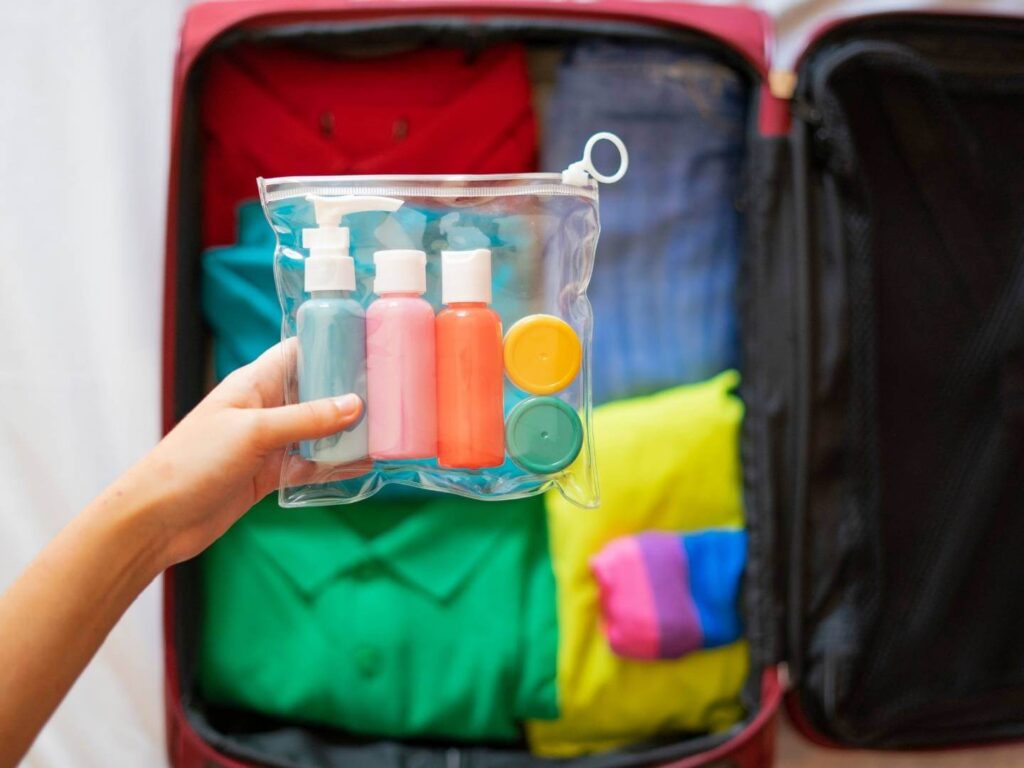
Given the varying climate, packing layers is critical. Temperatures fluctuate between regions and altitudes, and rain is not uncommon. Therefore, it’s best to be prepared for all conditions. For a trip in late September and into October, and knowing we would be trekking, we brought:
- base layers
- fleece sweaters
- lightweight waterproof jacket
- hats (beanies for warmth and baseball caps to protect you from the sun)
- waterproof pants
- hiking poles
- hiking boots
- hiking pants
- KÜHL Cabo Pants
- moisture-wicking shirts
- hiking socks
- day backpack
We also used duffle bags instead of suitcases since we were trekking.
My packing guide gives you tips on how to save space and pack like a pro.
17. Bhutan’s Commitment to Sustainability
Bhutan is a carbon-negative country. It has an unmatched commitment to sustainable tourism and environmental conservation. Tourists should minimize their carbon footprint while traveling in Bhutan. One easy way to contribute is to bring your water bottle and fill it up at your hotel instead of buying plastic one-use bottles.
18. Bhutan Road Conditions
The roads in Bhutan are often narrow and winding, particularly in rural areas. Bhutan road conditions can be challenging and a bit unnerving. We were happy we had a driver for our trip. The harrowing narrow mountain roads, including the Dochula Pass, require a skill Western drivers may lack. People often drive in the center of the road, and you don’t see a car coming in the opposite direction as you drive around the bend.
Roads are also known to be closed in the rainy season due to mudslides. The Dochula Pass was temporarily closed on our way from Punakha to Thimphu while the mud and debris were cleared.
In addition, on the morning of our trek, the roads were slick with mud from the rain. As we drove up the mountainside, we, along with several other cars, got stuck in the mud. Fortunately, our guides and driver worked together to get us out of the mud quickly. But it took skill to maneuver around other stalled cars as we traveled uphill in unforgiving mud.
The twisty turning roads can also be rough for those like me who get motion sickness. I had to lie down in the back for most of the ride over the Dochula Pass. I found ginger chews helpful when I experienced motion sickness or had a stomach ache.
19. Internet / Electricity in Bhutan
While larger hotels offer Wi-Fi, connectivity can be unreliable, especially in rural areas. We stayed at COMO Uma Punakha, and the internet and electricity were spotty during our stay. The lights and air conditioning were known to go out in the middle of the night when storms rolled through.
In general, be prepared for extremely slow, almost at times unusable internet speeds and outages.
20. Trekking in Bhutan
View this post on Instagram
Trekking in Bhutan is very popular. In fact, it’s the main reason why we choose to visit the country. We opted for the Druk Trek, which was three nights and four days. The Druk Trek was challenging and far harder than I had anticipated.
Complicating the trek was the intense rain. It rained most of our trek, turning trails into unrelenting streams that often required rock-hopping instead of hiking.
Between hiking at high altitudes, steep ascents, and long days on the trail, I was relieved when we were done. While our trek was three nights, people often do this trek over four or five nights. I think the trek would have been more enjoyable if we moved at a slower pace and, of course, without the rain. But there is nothing you can do about the weather other than to be prepared with the right gear.
The trekking outfitter and guides were terrific despite the challenges of hiking in the rain.
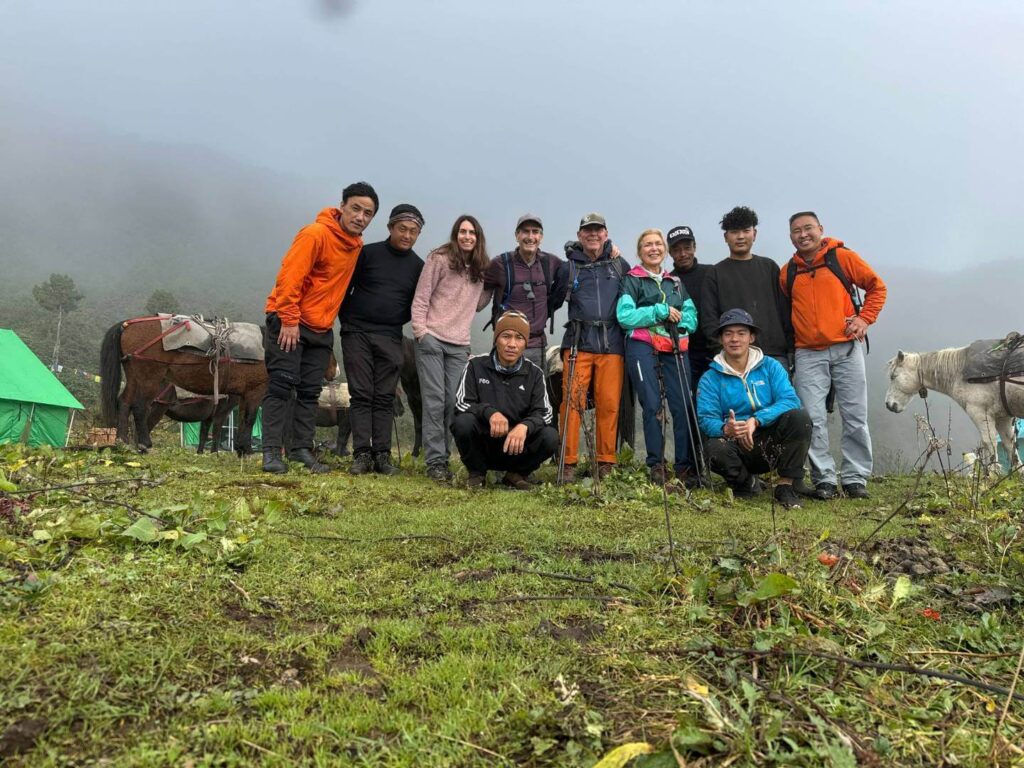
There are also several other popular options, such as:
- Snowman Trek (30 days – extremely challenging, and people often don’t finish due to poor conditions)
- Jomolhari Trek (six nights/seven days – reaches over 16,000 feet)
- Tiger’s Nest (one day – reaches over 10,000 feet with close to 1,700 feet of elevation gain)
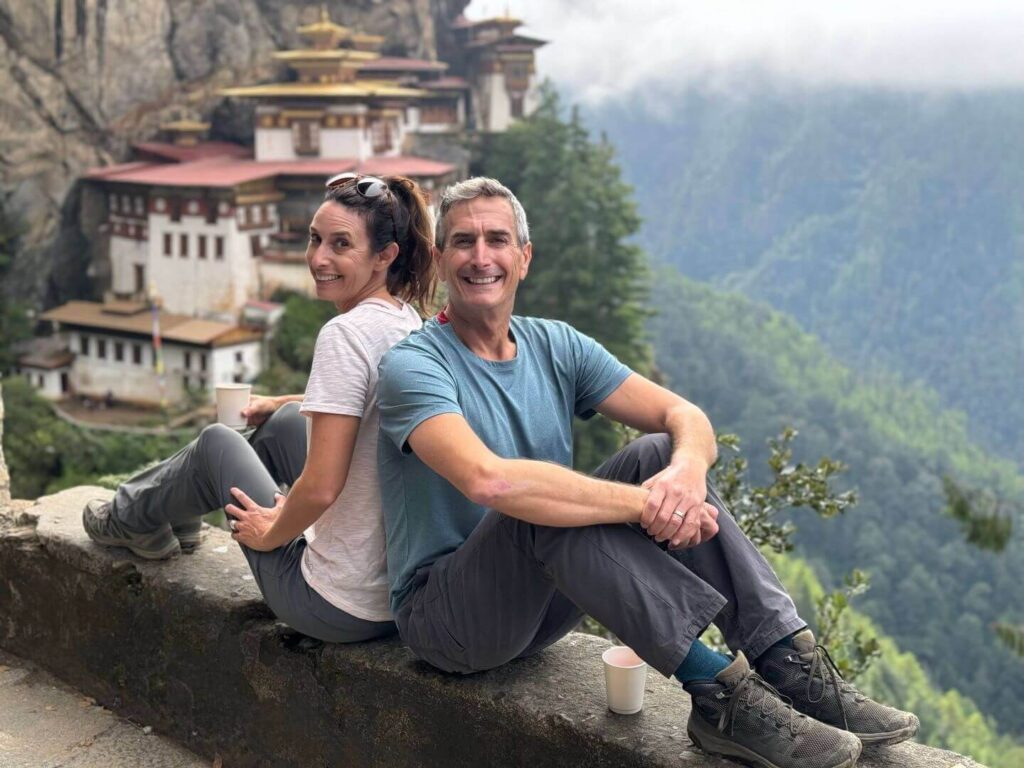
21. Cash vs. Credit in Bhutan
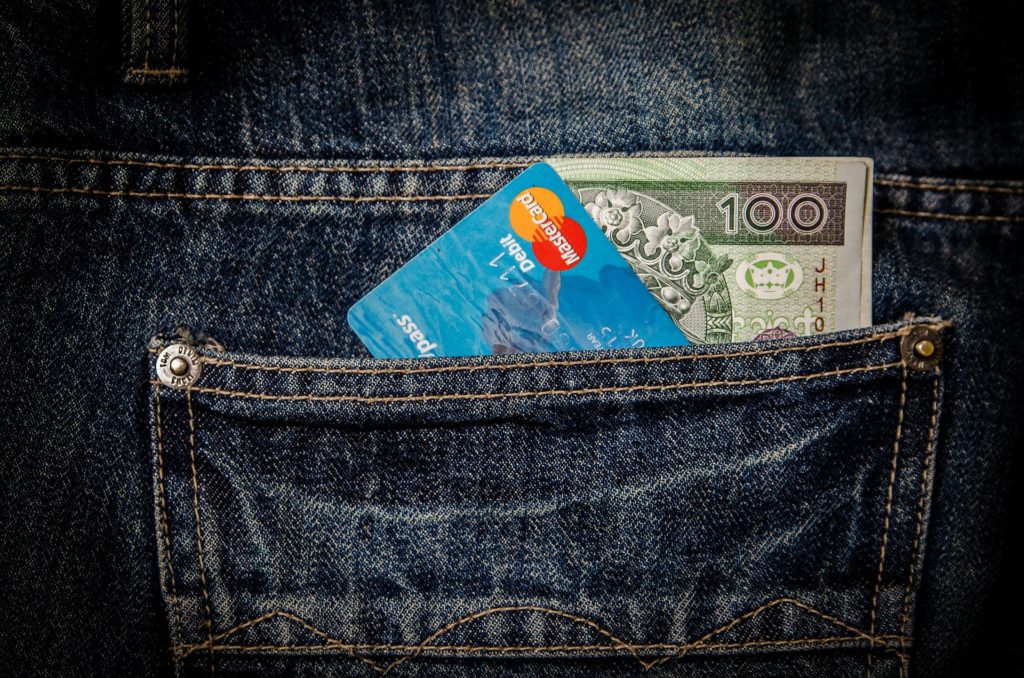
You will not be able to obtain local currency until you are in Bhutan. However, once in the country, tourists can exchange money or use an ATM. Fair warning, though: ATMs are unreliable and only accept certain kinds of cards. For example, metal cards can be problematic at local ATMs.
Credit cards are becoming more widely accepted in Bhutan. Larger hotels, high-end shops, and some restaurants accept credit cards. However, most transactions will be in cash, so it’s important to have small bills ready for purchases and tipping.
Paying by credit card for our trip took numerous phone calls and weeks of waiting because COMO Hotels was experiencing problems with its credit card system. We were able to eventually pay by credit card. We were also able to pay for incidentals at the hotel with a credit card but used U.S. Dollars for everything else. We never used local currency.
22. What is the Gelephu Mindfulness City?
The King plans to further innovate Bhutan by developing a new economic hub called the Gelephu Mindfulness City. To support the Mindful City, the Kingdom of Bhutan is building a new airport, connecting railways, and developing a city based on wellness and mindfulness in an effort to drive tourism and create a new economic boom.
23. What are the Leading Economic Industries in Bhutan?
There are three primary industries in Bhutan: (1) export of hydroelectric power, (2) tourism, and (3) agriculture.
24. Lunar Calendar and Festivals
Bhutan’s festivals, known as Tshechu, are based on the lunar calendar. Planning your visit around these events can offer unique cultural insights. Keep in mind that dates shift annually based on the Bhutan lunar calendar. Research the Bhutan festival calendar to align your trip with these vibrant celebrations.
25. Bhutan’s National Sport
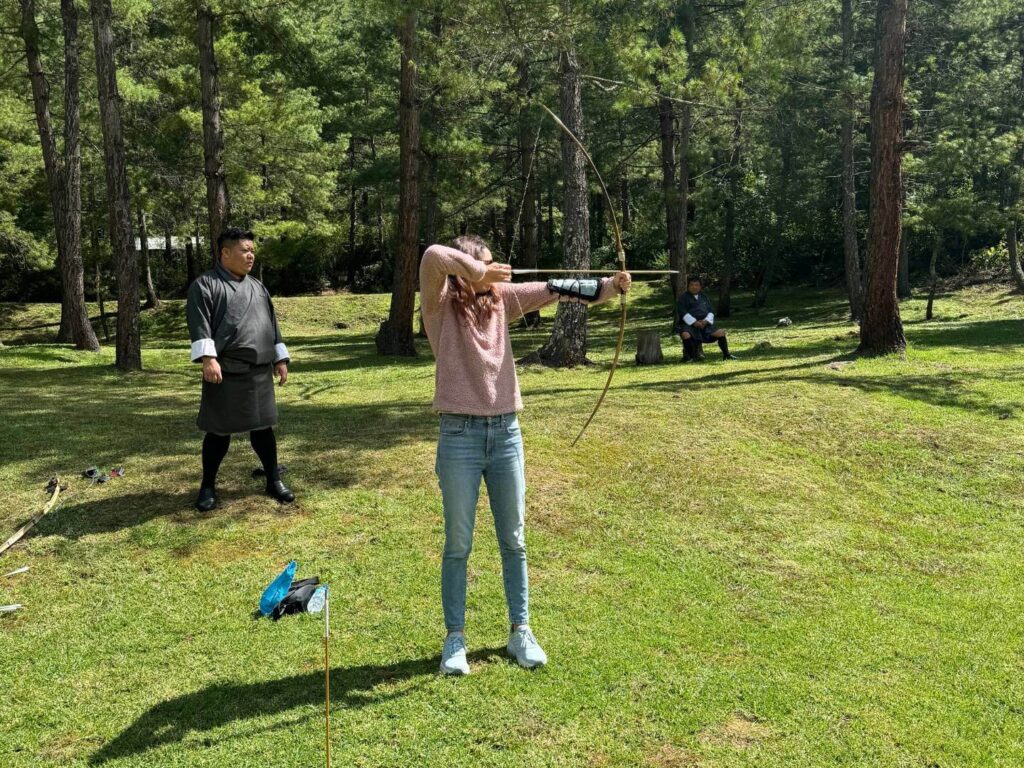
You might be surprised to learn that the national sport in Bhutan is archery.
26. Shopping In Bhutan
Bhutan is known for its handwoven textiles that are used in garments like traditional Kira, handicrafts, tea, spices, and souvenirs like prayer wheels, sound bowls, and phallic symbols that represent fertility, good luck, and protection in Bhutanese culture.
27. Smoking Laws
Bhutan has strict anti-smoking laws, and smoking in public places is illegal. Additionally, bringing tobacco products into the country is limited.
I hope you like this post about things to know before you visit Bhutan! Is there something you think I left out? Comment below to let us know your tips, or let me know if you hope to visit one day.
Pin to Pinterest
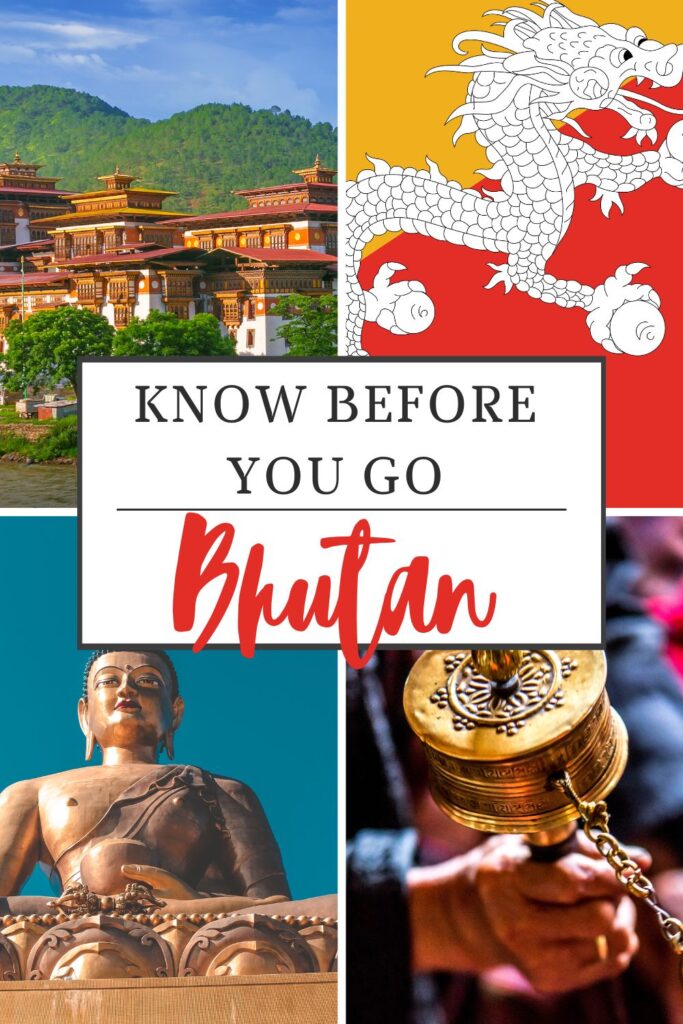

Other Posts About Asia You Might Enjoy
A full review of COMO Uma Paro in Bhutan
The Ultimate Guide to &Beyond Punakha River Lodge
COMO Uma Punakha, Bhutan: A Tranquil Boutique Retreat (Review)
The Complete Hong Kong Layover Guide
The Best Guide to The St. Regis – A Top Luxury Hotel in Hong Kong
The Ultimate Guide to the Four Seasons in Bangkok
The Best Taj Mahal Tips for a Spectacular Visit
Choosing a Luxury Hotel in Agra with Views of the Taj Mahal
An In-Depth 2-Day Guide to Jaipur, India
The Top Reasons to Visit Six Senses Laamu (Maldives)
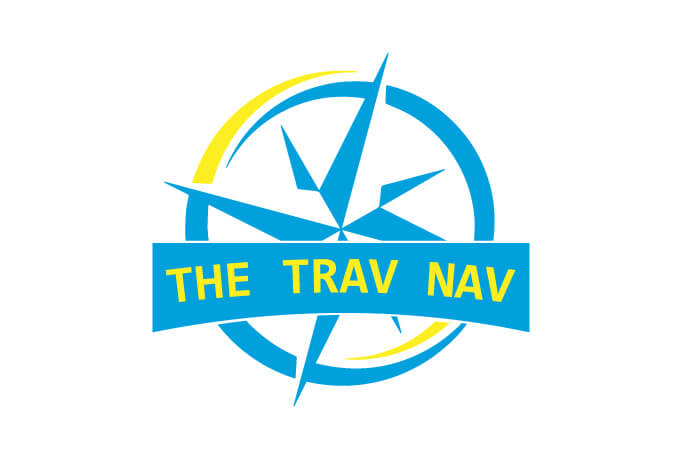
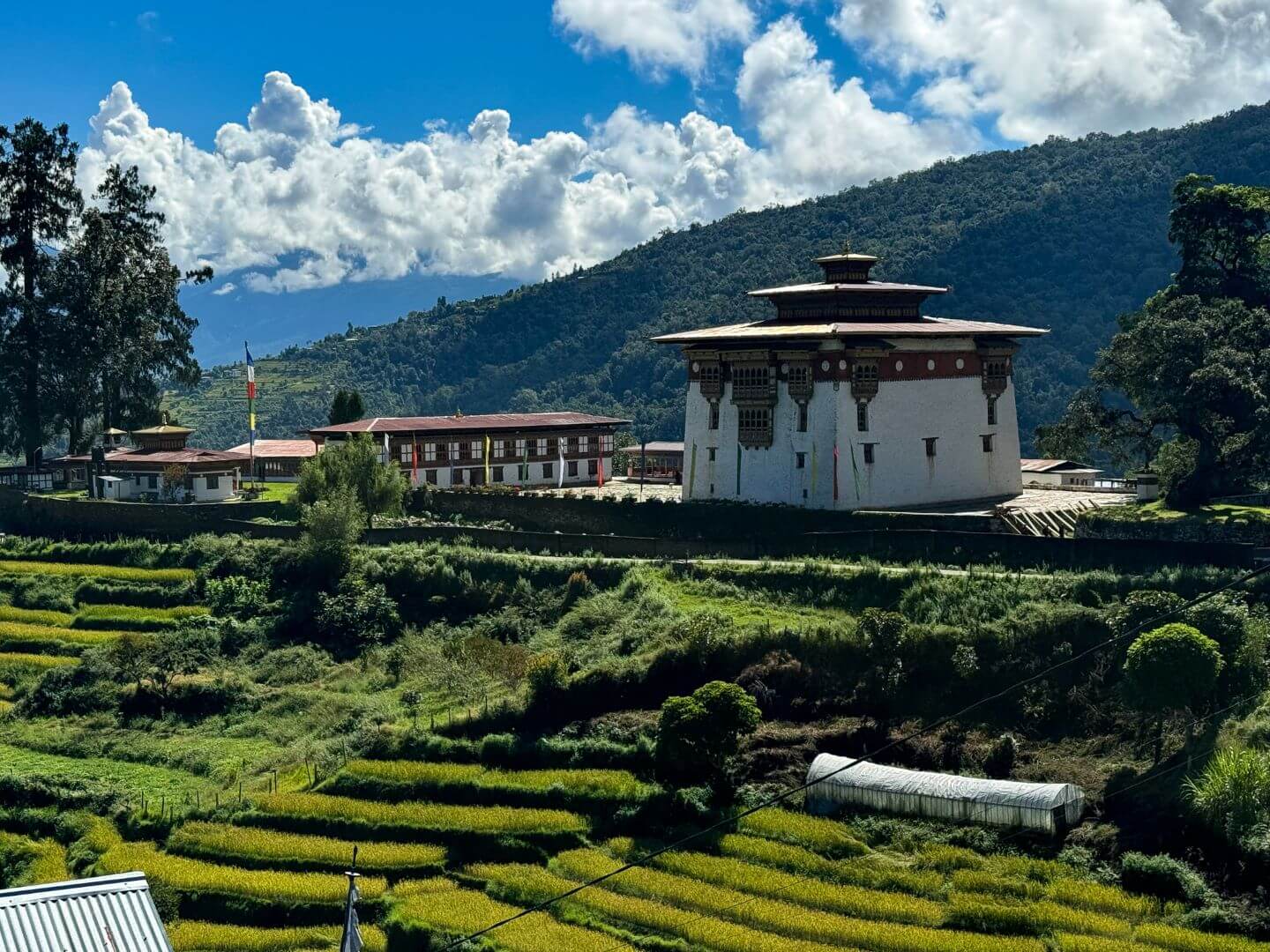
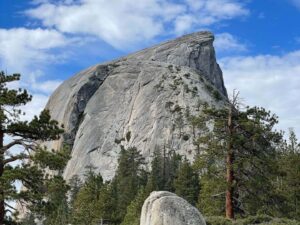

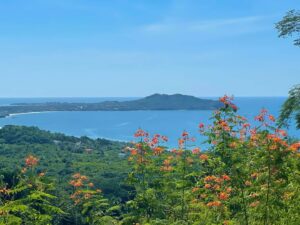
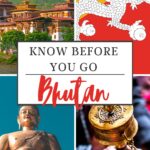
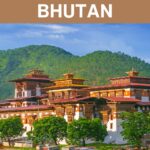
I’m so glad I came across your post. Bhutan has been on my life list for a long time. Your guide is super helpful – I didn’t know that you can’t get Bhutan currency until you get there, and the tips about credit cards are good to know also.
The Sustainable Development Fee does make a trip to Bhutan expensive, but I agree with you; it will keep the crowds at bay. This is undoubtedly a benefit to the country. I love the fact that the country has strict anti-smoking laws. In too many Asian countries, it is common to have someone smoking next to you while you are trying to eat breakfast. YUK!
Saving this, as Bhutan is VERY high on my bucketlist. I can’t wait to take in this amazing culture, explore its textiles, spices, crafts, nature and more. Thanks for all the helpful tips – especially the cash and credit card situation.
What a great thorough guide! I didn’t know about the $100 per day tourism fee!
I’ve always wanted to go to Bhutan, so reading your post is lovely. You have given so much useful information. I’ll need to look back on it when planning a Bhutan trip.